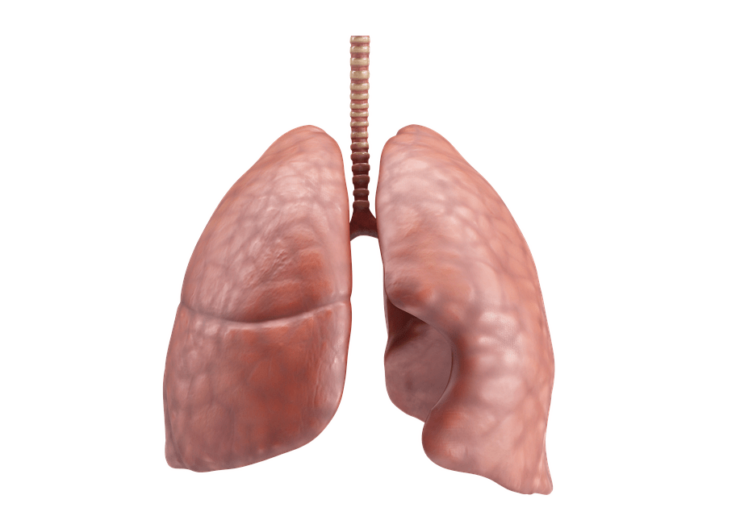Lungpacer has designed its AeroPace system to stimulate the nerves that activate the diaphragm to strengthen independent breathing

RESCUE 3 study will evaluate faster ventilator independence. (Credit: Eksavang Khounphinith from Pixabay)
Lungpacer Medical, a respiratory and critical care medicine company, has unveiled its plans to launch RESCUE 3 trial of its AeroPace system to study ventilator independence.
The company is conducting RESCUE 3 as the third study in its series of clinical trials to support the regulatory approval in the US and other countries.
It intends to conduct the study at more than 40 medical centres in the US, Germany, France, and Spain to evaluate the faster ventilator independence with its therapy.
Lungpacer has designed its AeroPace system to stimulate the nerves that activate and exercise the diaphragm to strengthen natural, independent breathing.
It enables automated electrode mapping, and its variable stimulation settings allow the users to adjust exercise intensity.
The system has received the breakthrough device designation and emergency use authorisation (EUA) from the US Food and Drug Administration (FDA).
Lungpacer CEO Doug Evans said: “The growing body of research including more than 44 scientific presentations and 11 peer-reviewed publications is building evidence and data to demonstrate the value of AeroPace therapy.
“The emerging research profile of AeroPace underscores the clinical potential of this therapy to play a meaningful role to limit the negative impacts of mechanical ventilation and restore strength for patients to achieve ventilator independence.
“Once approved, the AeroPace system has the potential to dramatically improve the standard of care and transform the future of ventilation.”
According to the company, independent breathing and artificial breathing support from a mechanical ventilator may weaken the diaphragm muscle by more than 50% in a single day.
The AeroPace system serves as a personal trainer for the diaphragm muscle, by delivering small stimulations to targeted nerves in the upper body to activate the diaphragm.
Its daily, repetitive exercises are designed to strengthen the diaphragm, support independent breathing, and avoid the trauma of mechanical ventilation for patients.
Also, the system facilitates an easy setup for convenient patient therapy and ECG-guided catheter placement, simplifying the clinical workload for clinicians.
RESCUE 3 study principal investigator Steven Conrad said: “The ability for the new AeroPace catheter to be placed either in the subclavian or jugular vein allows clinicians to utilise the best possible access for the patient as well as for therapeutic outcomes.
“We expect the automated mapping and therapy delivery features to cut our treatment time in half. AeroPace is a great new system, and we look forward to utilising this technology more in the future.”
